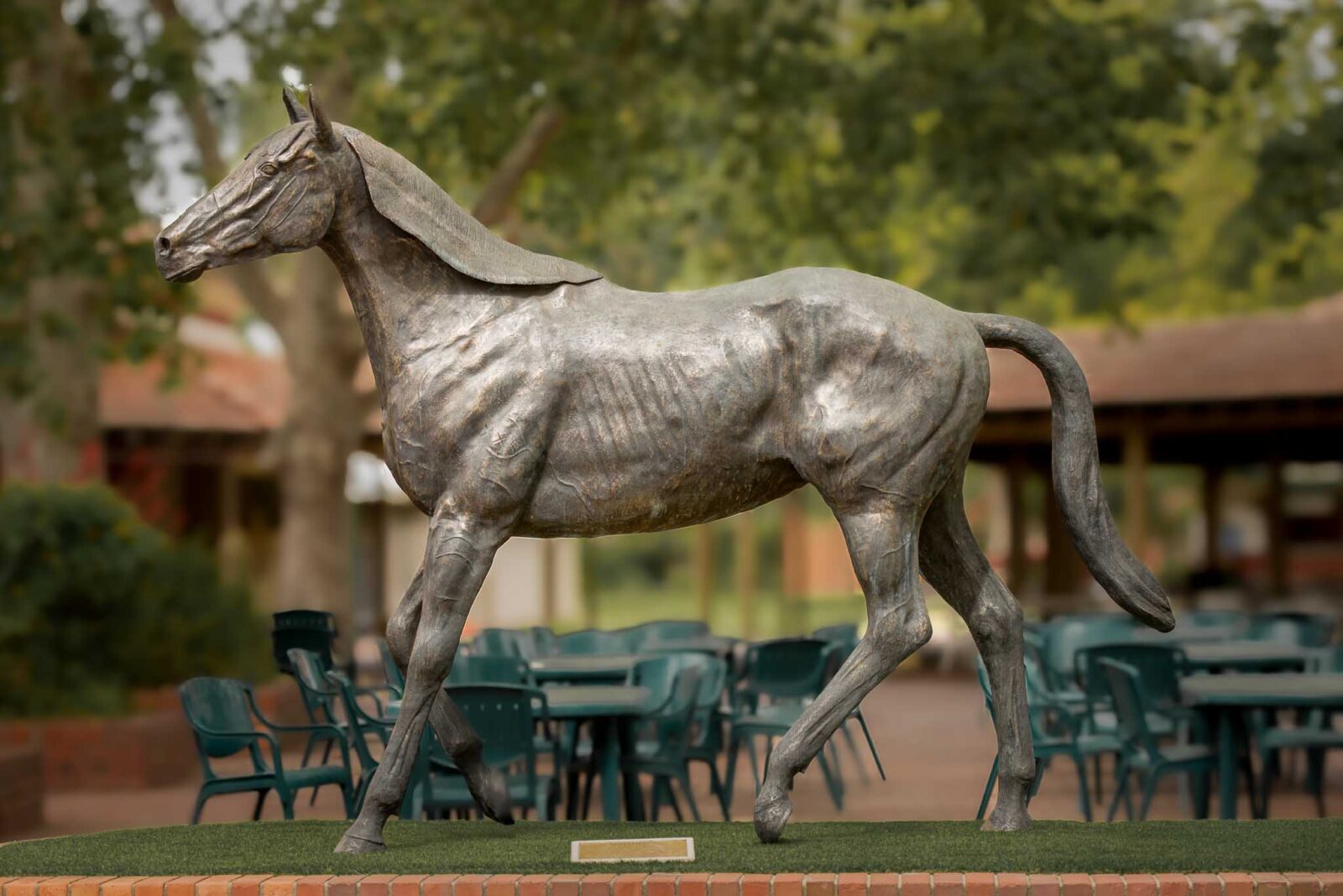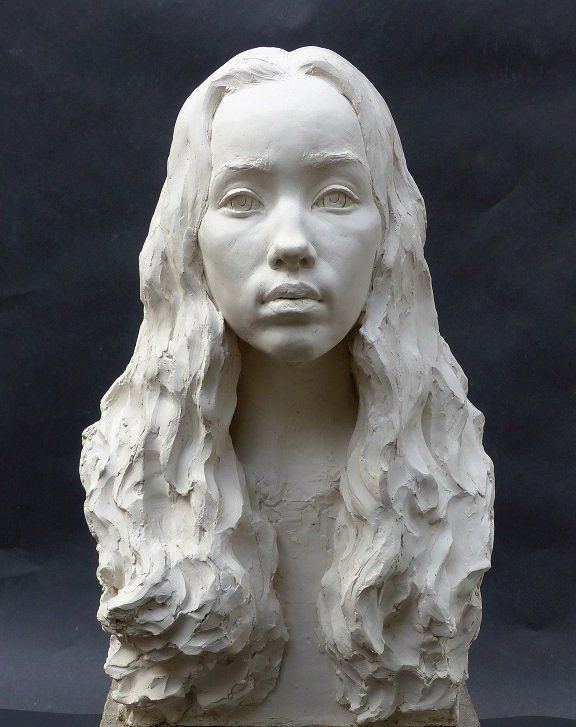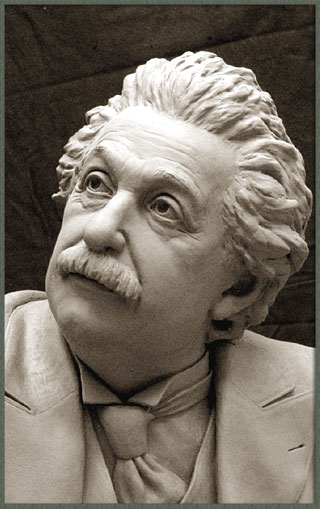Crafting Expressions: The Unique Artistry of a Portrait Sculptor
Wiki Article
The Development of Sculptures: From Old to Modern
The Evolution of Sculptures: From Old to Modern. Equine Sculptures.Sculpture, one of the oldest forms of art, has been an indispensable part of human civilization for millennia. From the ancient human beings of Egypt and Greece to the modern-day age, sculptures have actually advanced, mirroring adjustments in artistic methods, products, and cultural impacts. This journey with time traces the advancement of sculptures, discovering the shifts stylishly, subject matter, and creative expression.
Beginning with the ancient globe, sculptures crafted from stone and later bronze caught the significance of divine beings, rulers, and everyday life. The Renaissance period observed a resurgence of timeless sculpting techniques, as musicians sought to emulate the graceful forms of old Greek and Roman sculptures (Robert C Hitchcock Sculptor). In the contemporary age, musicians tested conventional limits, accepting abstraction and testing with new products
This expedition will explore the varied advancement of sculptures, disclosing the abundant tapestry of creative expression throughout different durations and cultures.

Ancient Sculptures: From Rock to Bronze
Ancient sculptures transitioned from being taken of stone to being cast in bronze. This change marked a substantial development in the art of sculpture, enabling greater improvement and detail in the completed works. Rock sculptures, while outstanding in their very own right, were restricted by the nature of the material. Stone required comprehensive forming and carving, typically resulting in a more streamlined depiction of the topic.The introduction of bronze as a tool for sculptures brought about a change in imaginative expression. Bronze provided artists the possibility to create natural and complex kinds that were not feasible with stone. The procedure of casting bronze allowed for the development of multiple copies of a sculpture, making it possible for bigger distribution and preservation of these creative work of arts.
The shift from stone to bronze also saw a change in the subject of sculptures. While stone sculptures predominantly shown gods, sirens, and mythical numbers, bronze sculptures started to reflect a wider series of topics, consisting of everyday people and pets. This development of subject showcased the adaptability and versatility of the bronze tool.
Renaissance Resurgence: Shaping in the Timeless Style
The Renaissance revival of sculpture saw a renewal in the timeless design, structure upon the innovations made during the transition from rock to bronze in ancient sculptures. During this period, musicians looked for to recreate the timeless visual and ideals of elegance that were widespread in ancient Greek and Roman sculptures.One of the key characteristics of the Renaissance revival was the focus on naturalism and the human form. Artists like Donatello and Michelangelo aim to catch the anatomical information and expressions of their topics with unprecedented precision. They examined the human body and incorporated their monitorings into their sculptures, leading to practical and realistic representations.
Another vital element of the Renaissance rebirth was the exploration of point of view and deepness. Artists made use of strategies such as contrapposto, where the weight of the body is changed to one side, producing a sense of motion and dynamism. They likewise explore various products, including marble and bronze, to achieve a level of elegance and ins and out in their sculptures.

Modernism and the Avant-Garde: Damaging Traditional Borders
Throughout the Modernism and Avant-Garde activities, sculptors pressed the limits of conventional imaginative conventions. This period, which emerged in the late 19th and early 20th centuries, saw a dramatic change in the method artists approached sculpture. Turning down the idea of art as mere imitation, modernist artists sought to explore new types, products, and principles.
One of the crucial qualities of modernist sculpture was the emphasis on abstraction. Carvers relocated far from realistic representations and instead focused on catching the essence of the topic via simplified kinds and geometric forms. This separation from conventional depiction enabled artists to share their emotions and ideas in an extra subjective and personal manner.

Contemporary Sculptures: Exploring New Products and Concepts
With a concentrate on discovering new materials and concepts, modern sculptures have revolutionized the area of art. Artists today are pressing the limits of conventional sculpture by making use of innovative materials and exploring with abstract principles. These sculptures test standard concepts of form, materiality, and definition, inviting customers to participate in a thought-provoking and new imaginative experience.Contemporary artists are accepting a wide variety of products, consisting of plastic, glass, steel, and even raw material. They are not limited to the conventional tool of stone or clay, allowing for additional info better freedom of speech and trial and error. This shift in the direction of unconventional materials has actually opened up brand-new opportunities for artists to develop sculptures that are vibrant, interactive, and visually striking.
Along with exploring brand-new products, contemporary sculptures additionally look into facility and abstract principles. Artists are currently discovering themes such as identity, social problems, and the environment, using sculpture as a powerful medium for social discourse and self-contemplation. These sculptures challenge audiences to think seriously and involve with art on a much deeper level, sparking conversations and provoking psychological reactions.
Worldwide Impacts: Sculptural Traditions From Around the Globe
Sculptural traditions from various areas of the globe have considerably shaped the development of sculptures throughout history. The international impacts on sculpture have varied and have added to the richness and variety of imaginative expressions. From the old people of Egypt, Greece, and Rome to the complex carvings of Asian cultures, each area has actually established its special sculptural customs that have actually affected musicians throughout time.In ancient Egypt, sculptures were developed largely for funerary and religious functions. The iconic sculptures of pharaohs and gods, such as the Great Sphinx and the breast of Queen Nefertiti, showcase the Egyptians' mastery of rock carving and their belief in the immortality.

In ancient Rome, sculpture offered both imaginative and political purposes. Roman sculptures usually depicted emperors, generals, and mythical figures, showing the power and magnificence of the empire. The marble sculpture of Augustus of Prima Porta and the significant Arch of Constantine are notable examples of Roman sculptural achievements.
Eastern sculptural customs, particularly in India, China, and Japan, have likewise had an extensive effect on the evolution of sculptures. Indian sculptures, such as the elaborately sculpted holy places of Khajuraho and the enormous sculptures of Buddha, display a rich combination of spiritual, mythical, and building components. Chinese sculptures, identified by their fine workmanship and interest to detail, frequently represent divine beings, pets, and legendary figures. Japanese sculptures, influenced by Buddhism, highlight simpleness and tranquility, seen in the peaceful statues of Buddha and the elegant art of bonsai.
The global impacts on sculpture proceed to advance in the modern-day era. As we look to the future, it is certain that the global influences on sculpture will proceed to form and redefine this old art type.
Verdict
In verdict, the evolution of sculptures has actually seen a shift from old rock and bronze works to the timeless revival throughout the Renaissance. Today, modern sculptures discover brand-new materials and principles, while also drawing ideas from worldwide sculptural customs.From the old civilizations of Egypt and Greece to the contemporary age, sculptures have actually evolved, reflecting changes in artistic strategies, materials, and social influences.Starting with the ancient world, sculptures crafted from stone and later on bronze recorded the essence of divine beings, leaders, and everyday life.Ancient sculptures transitioned from being carved out of rock to being cast in bronze. While rock sculptures mainly illustrated gods, sirens, and mythical numbers, bronze sculptures began to reflect a broader array of topics, consisting of daily people and animals.In verdict, the evolution of sculptures has seen a shift from ancient stone and bronze functions to the timeless resurgence during the Renaissance.
Report this wiki page